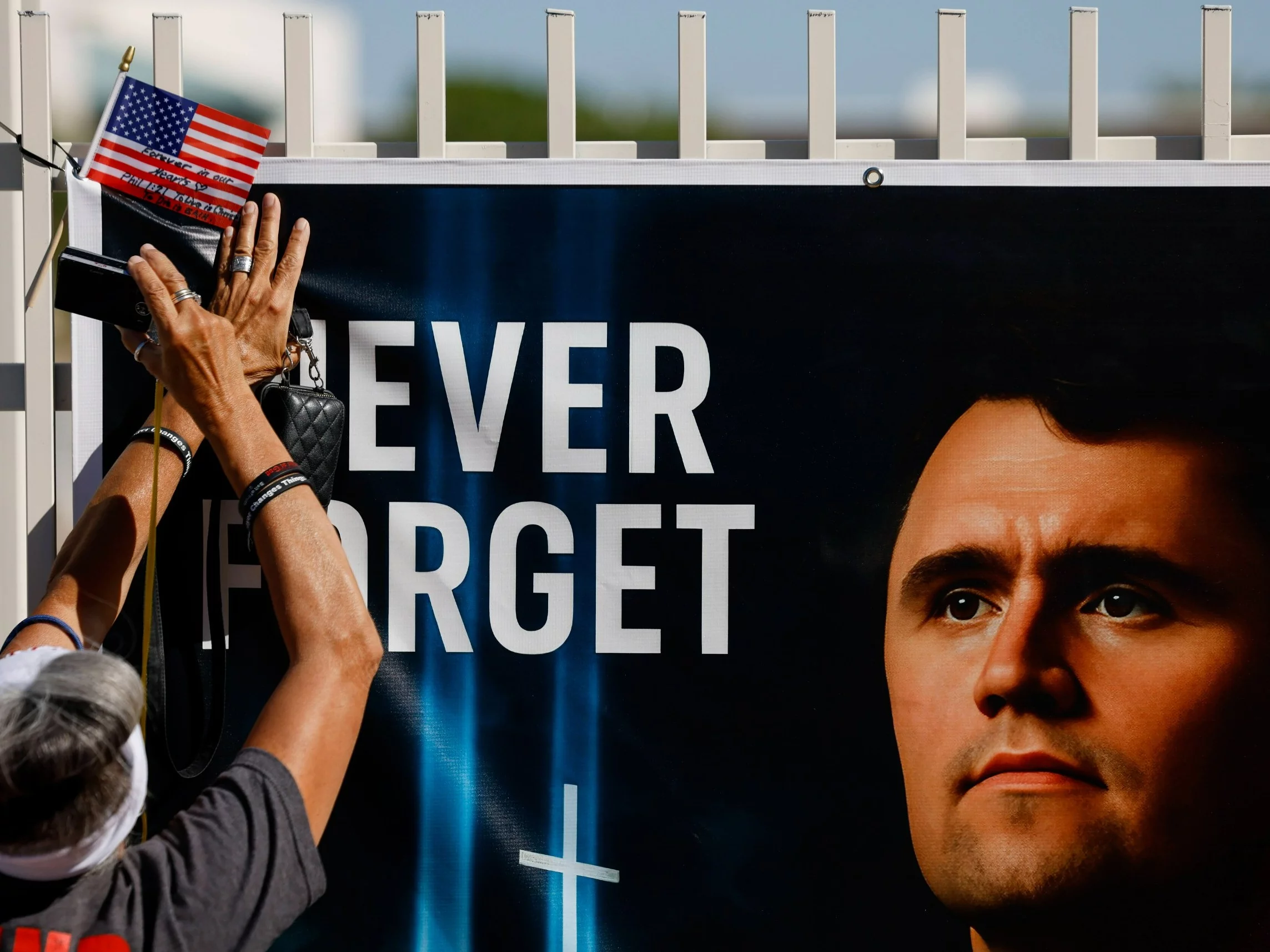
Нью-Йорк. Напряженный обмен между пилотом Delta Air Lines (DL) и наземным диспетчером в аэропорту Нью-Йорка Ла Гуардия (LGA) произошел 30 июля 2025 года во время наземной остановки, связанной с погодой. Пренебрежительный тон диспетчера по отношению к пилотам вызвал необычайно откровенную реакцию экипажа «Дельты».
Поскольку сильные грозы привели к задержкам, пилоты, в том числе United Airlines (UA2005) в Чикаго О'Хара (ORD) и Delta рейса DL999 в Детройт (DTW), искали ясности у ATC. Ответ, который они получили, вызвал разговор, который с тех пор привлек широкое внимание.
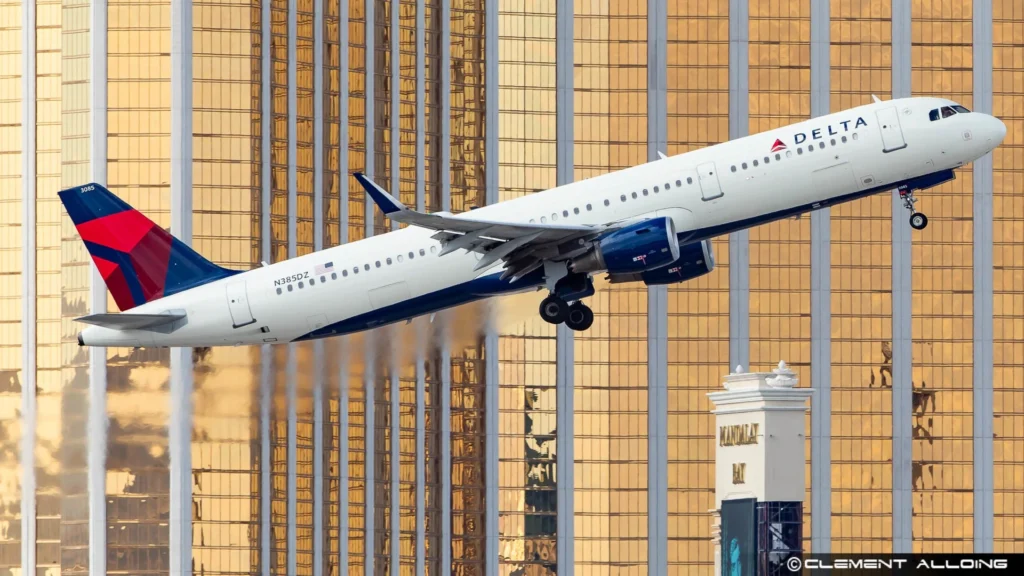 Источник: Clément Alloing
Источник: Clément AlloingПилот Delta назвал диспетчера идиотом
Аэропорт ЛаГуардия (LGA) столкнулся со значительной операционной нагрузкой 30 июля из-за наземной остановки, вызванной грозами около 5 вечера по местному времени.
С многочисленными самолетами, стоящими в очереди на рулежных дорожках, пилотам требовалась точная информация для управления топливом и связи с диспетчерской службой. Однако тон и связь с одним конкретным наземным контроллером вызвали резкую критику.
Рейс United Airlines UA2005 в Чикаго О'Хара (ORD) был одним из пострадавших, и его пилот спросил об ожидаемых задержках.
Ответ — «с сегодняшнего дня до полуночи» — не дал никакого практического понимания. Когда пилот отметил проблемы с топливом, контролер ответил: «Управление топливом является вашим приоритетом, а не моим. "
Вскоре после этого рейс Delta Air Lines DL999 в Детройт (DTW) запросил свою позицию в последовательности вылета. Контроллер повторил тот же расплывчатый ответ «отныне до полуночи». Когда пилот «Дельты» потребовал более подробной информации из-за планирования топлива, ситуация обострилась.
Пилот назвал контроллер «идиотом», что побудило контроллера предложить номер телефона и предположить, что менеджер «с нетерпением ждет звонка». "
DL999 в конце концов вернулся к воротам через час на рулежной дорожке и отбыл почти на шесть часов от графика.
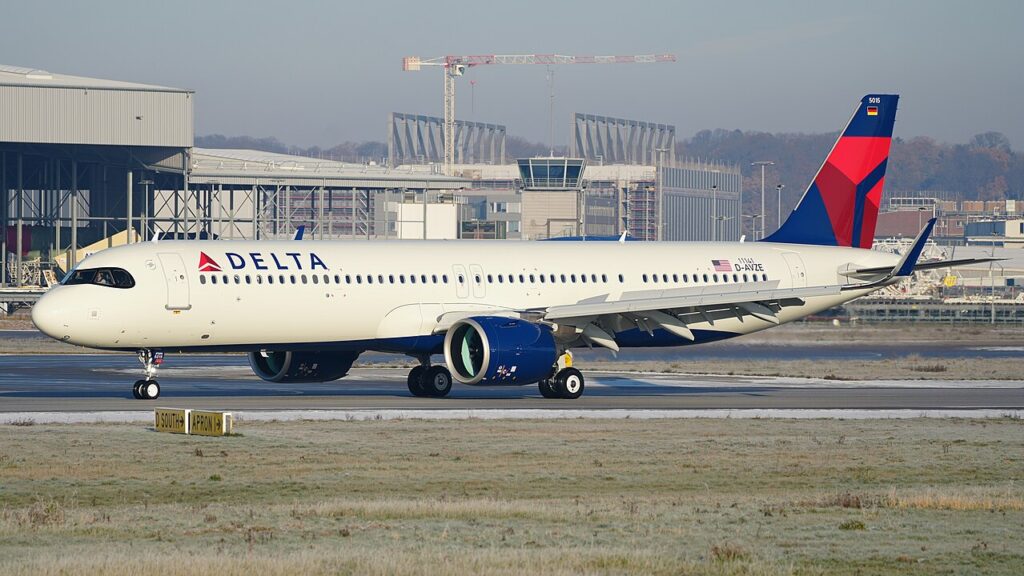 Фото: MarcelX42 - Собственная работа, CC BY-SA 4.0, https://commons.wikimedia.org/w/index.php?curid=127237262
Фото: MarcelX42 - Собственная работа, CC BY-SA 4.0, https://commons.wikimedia.org/w/index.php?curid=127237262Контрольное поведение против пилотного ответа
FAA выражает четкие ожидания профессионализма пилотов и диспетчеров. В то время как большинство авиадиспетчеров с умом и вежливостью обрабатывают условия высокого давления, этот случай выявил нарушение основного этикета связи.
Жесткие и пренебрежительные ответы контроллера не смогли обеспечить оперативную ясность. Вместо взвешенного объяснения или простого признания неопределенности он выбрал антагонистические замечания. Это не только усилило напряженность, но и способствовало более широкому ощущению дезорганизации во время и без того стрессовой задержки.
Хотя использование пилотом «Дельты» слова «идиот» было явно непрофессиональным, разочарование коренилось в законных оперативных проблемах.
Пилоты полагаются на четкую связь с контроллерами для управления топливом, ожиданиями пассажиров и безопасностью. В этом случае твердый тон пилота и просьба обострить проблему указывают на проактивный подход к привлечению ATC к ответственности.
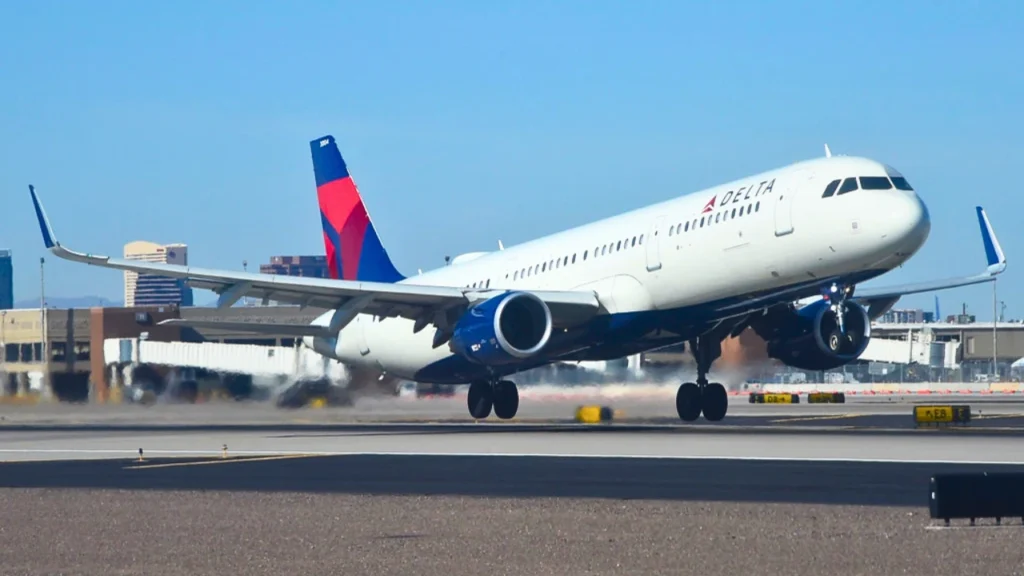 Фото: Aero Icarus | Flickr
Фото: Aero Icarus | FlickrУроки и операционные последствия
Этот инцидент подчеркивает необходимость взаимного уважения и прозрачности между пилотами и управлением воздушным движением, особенно во время сбоев. В то время как задержки погоды находятся вне человеческого контроля, то, как они управляются, напрямую влияет на безопасность полетов и опыт пассажиров.
Авиакомпании обучают пилотов уделять приоритетное внимание управлению топливом, общаться с диспетчерами и следить за тем, чтобы длительное время такси не нарушало эксплуатационные ограничения. Контролеры, в свою очередь, должны четко передавать информацию, даже если это означает признание отсутствия определенности.
Обмен между DL999 и контроллером LaGuardia является напоминанием о том, что тон, профессионализм и уважение так же важны, как и технические знания в авиационных операциях.
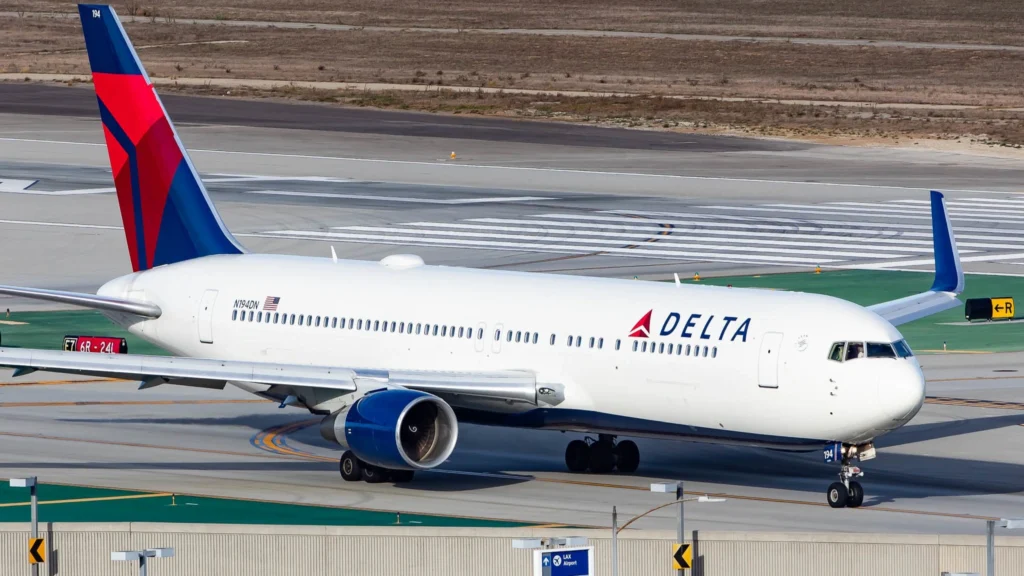 Источник: Clément Alloing
Источник: Clément AlloingАналогичный инцидент
Delta Air Lines (DL) Boeing 767-300, выполняющий рейс DL938 из Международного аэропорта Лос-Анджелеса (LAX) в Нью-Йорк Международный аэропорт Джона Ф. Кеннеди (JFK) едва избежал обхода 21 июля 2025 года из-за опасного расстояния с другим входящий самолет.
Инцидент вызвал резкую критику со стороны летного экипажа Delta (DL) и диспетчеров башни JFK (JFK), которые обвинили контроллер подхода в плохом управлении скоростью полета во время окончательного секвенирования.
Close Call в финале
Когда рейс Delta DL938, Boeing 767-300, зарегистрированный N191DN, приблизился к JFK в финале для взлетно-посадочной полосы 22L, он был перенесен в пределах двух морских миль от более медленной Brickyard Airlines (Republic Airways) Embraer E175. Это опасное сокращение расстояния заставило башню JFK предупредить экипаж Delta о потенциальном обходе.
Контроллер подхода не выпустил своевременных корректировок скорости, создав опасную ситуацию в одном из самых загруженных воздушных пространств в мире. С минимальным временем реагирования экипаж «Дельты» быстро снижал скорость, избегая дальнейшей эскалации. Хотя оба самолета благополучно приземлились, это событие вызвало немедленную обеспокоенность среди персонала воздушного движения.
Контроллеры башни публично раскритиковали объект за открытые частоты, выразив разочарование повторяющимися нарушениями координации. Ближайший конфликт выявил системные проблемы в процедурах секвенирования трафика, которые жизненно важны для безопасных операций в пиковые периоды прибытия в JFK.
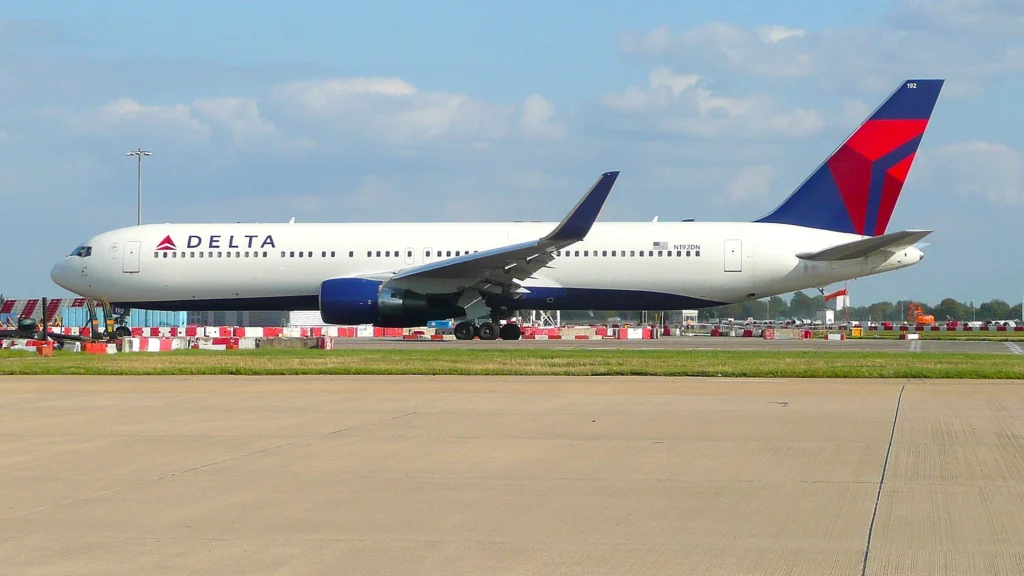 Фото: Джон Таггарт из Sunbury on Thames, Middlesex - lhr20090817 001, CC BY-SA 2.0, https://commons.wikimedia.org/w/index.php?curid=31810601
Фото: Джон Таггарт из Sunbury on Thames, Middlesex - lhr20090817 001, CC BY-SA 2.0, https://commons.wikimedia.org/w/index.php?curid=31810601Напряженность среди авиадиспетчеров растет
Как только самолет благополучно приземлился, диспетчер башни JFK выразил сильное неодобрение по воздуху. В заявлении, транслируемом по частотам, говорится:
"Если контроль за приближением действительно знал, как назначать скорости... Скорее всего, мы не будем появляться на YouTube каждую неделю. "
Неофициально выраженное замечание отражает более глубокое недовольство в рамках системы УВД. Такая общественная критика подчеркивает напряженную динамику между башнями и подходами, где ожидания точного интервала и контроля скорости высоки, но не всегда оправдываются.
Этот инцидент дополняет растущий список оперативных ошибок, связанных с недопониманием или задержками в воздушном пространстве высокой плотности. Тон и содержание сообщения контроллера предполагают необходимость срочного пересмотра процесса и улучшения межотраслевой координации.
Пилотный ответ и ситуационная осведомленность
Несмотря на сценарий высокого давления, пилот Delta профессионально справился с ситуацией, оперативно скорректировав скорость и сохранив осведомленность об окружающем движении. Быстрое реагирование предотвратило обход, который, в то время как стандартная процедура, может еще больше перегрузить уже занятые схемы прибытия и увеличить расход топлива.
Действия пилота послужили образцом оперативной готовности и спокойного принятия решений. Тем не менее, необходимость такого маневрирования в последнюю минуту указывает на нарушение координации выше по течению, что в идеале должно предотвратить возникновение этих ситуаций.
Системные проблемы в переполненных аэропортах
Это событие подчеркивает более широкие проблемы в управлении трафиком в крупных аэропортах США, таких как JFK. С увеличением объемов полетов и более жесткими операциями на взлетно-посадочной полосе даже незначительные ошибки ATC могут перерасти в критические ситуации безопасности.
Последовательная и активная связь между башней и управлением подходом имеет важное значение для поддержания безопасного разделения и секвенирования. Поскольку авиакомпании и авиационные регуляторы рассматривают это событие, вероятно, будут рассмотрены улучшения в обучении контроллеров, использовании технологий и процедурной стандартизации.
Оставайтесь с нами. Следуйте за нами в социальных сетях для последних обновлений.
Присоединяйтесь к нам в Telegram Group для последних обновлений авиации. Следуйте за нами в Google News
Пилот Delta поспорил с ATC во время чрезвычайной ситуации
Пост Delta A321 Pilot Calls New York ATC Controller впервые появился на Aviation A2Z.


